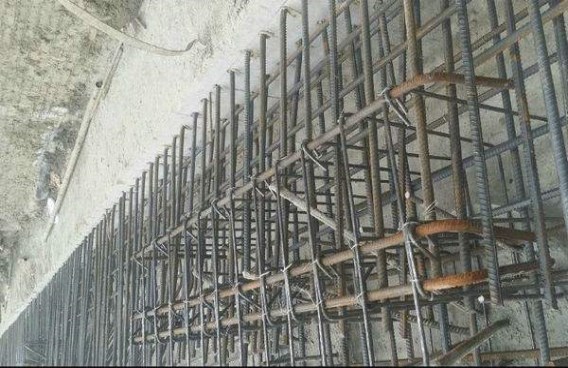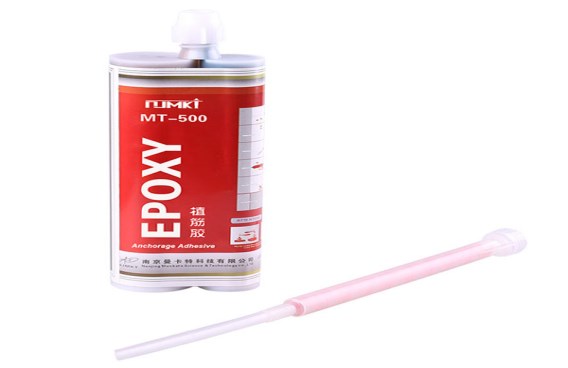What kind of houses may need reinforcement? The renovation of rural dilapidated houses refers to the demolition of old houses (adobe houses), the resettlement of house sites, the resettlement sites and the public infrastructure supporting construction of the resettlement sites. The renovation of shanty towns refers to the demolition of shanty towns within the project area and the construction of resettlement houses. And sales to the displaced workers or villagers, and the completion of the construction of large municipal or collective industrial buildings in the regional red line. The reinforcement technology of the houses can greatly help the dangerous house to carry out low-cost and efficient transformation.

Over time, many houses were cement houses in the 1980s and 1990s. The problems that arise are concentrated on the beams and plates. In the renovation of such dangerous buildings, the technique of tendon reinforcement in the infill wall is often encountered. When the height of the infill wall between the frame beams and columns is greater than 4 meters, the waist ring beam must be added for secondary structure pouring. The bonding between the main ribs and the columns in the waist beam is mostly carried out by means of the planting steel bars reinforcement.
In order to increase the connection between the waist beam and the frame column and improve the seismic performance, it is recommended that the main rib of the waist beam be pre-buried, and the effect can be fully guaranteed. The method of embedding is not complicated. Before the concrete is poured, the concrete is drilled at the position of the main beam of the waist beam on the column mold, and the steel bars are inserted, and the length of the inserted steel bars should be staggered to ensure the main reinforcement of the waist beam. The joints are staggered and the concrete is poured. Mankate planting bar adhesive requires a small hole diameter, and vertical holes, horizontal holes, and inverted holes can be easily implanted. Generally, the diameter of the drilling hole is d+2∽8mm, and the anchoring depth is 15d. The anchoring force value of the planted steel is generally greater than the yield value, which satisfies the requirements of Class A adhesive of Concrete Structure Reinforcement Design Specification GB50367-2006.
After the concrete is poured and demoulded, the concrete reaches a certain strength and the concrete surface of the lumbar ring beam and the column joint is chiseled before the lumbar beam formwork is supported, and watered before the secondary structural concrete of the lumbar ring beam is poured.

Nanjing Mankate MT-500 planting bar adhesive is a two-component package, which is fully mixed by mixing nozzles. It is suitable for anchoring steel bars in concrete and granite. It has long construction time, fast load bearing, earthquake resistance, impact resistance, fatigue resistance and damp heat aging, acid and alkali resistance, no creep and so on. The modified bisphenol resin contains no styrene, no odor and is non-toxic. If you have any problems with the reinforcement of the building, Mankate can provide the design staff, program selection, product selection and construction technology to the full acceptance of the service, please call the Mankate one-stop service hotline: 400-894-5118.
Link to this article: https://www.njmkt.net/Article/fwjggzzsmq.html
(Editor: Nanjing Mankate, if you need to reprint, please indicate the source)